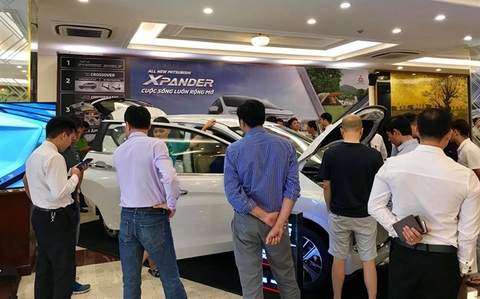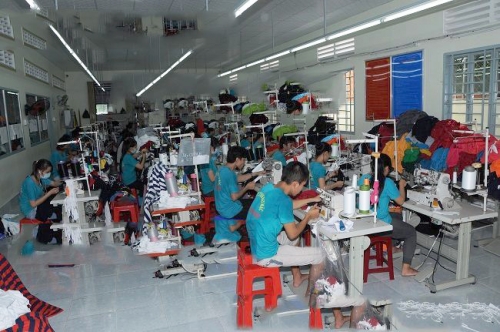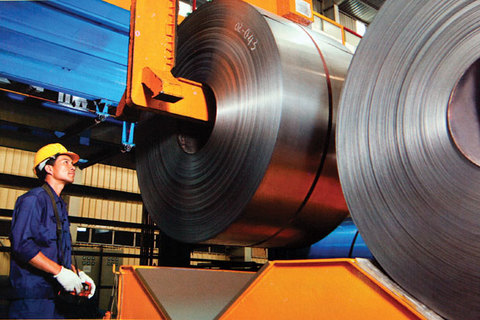Vietnamese manufacturers complete solid second quarter
Vietnamese manufacturers complete solid second quarter
June completed a solid second quarter for the Vietnamese manufacturing sector, with business conditions improving amid the ongoing growth of new orders.

A survey by Nikkei and IHS Markit released on Monday showed the Vietnam Manufacturing Purchasing Managers’ Index (PMI) was 52.5 in June, up from 52.0 in May and in line with the reading from April. The average PMI reading for the second quarter of 2019 was above that seen in the opening three months of the year, albeit remaining short of the 2018 average.
According to the survey, Vietnamese manufacturers continued to record solid growth of new orders in June, with the rate of expansion ticking up to a six-month high. Panellists linked the latest rise to the launch of new products and increased customer numbers. Less positive data was seen with regards to new export orders, which rose at the slowest pace since February. There were some reports that US-China trade tensions had negatively impacted export orders.
The higher numbers of new orders was the key factor leading to a nineteenth successive monthly rise in manufacturing production in Viet Nam. The rise in output was solid, and broadly in line with those seen during the rest of the second quarter.
The continued new order growth led to a rise in backlogs of work in June, the first in 2019 so far. Firms responded to higher workloads by taking on extra staff, reversing the decline seen in May.
“The Vietnamese manufacturing sector continues to bob along nicely midway through 2019. The second quarter of the year saw solid growth that was broadly stable across the period and an improvement on the first quarter,” said Andrew Harker, Associate Director at IHS Markit, adding that ongoing strength in demand encouraged firms to fill positions that had been vacated by resigning staff in May, leading to a return to job creation.
Alongside job creation, higher workloads also encouraged manufacturers to purchase additional inputs in June. The rate of expansion was the fastest in three months. Some panellists reported efforts to build inventory reserves. Higher input buying and shorter delivery times enabled firms to raise stocks of purchases for the third consecutive month.
On the other hand, stocks of finished goods decreased slightly for the second month in a row.
Input prices rose at a relatively modest pace in June, the smallest rise in three months. Where input costs did rise, panellists reported higher market prices for items such as oil and gas. Relatively weak input cost inflation meant that manufacturers were able to lower their output prices again. Charges have now decreased in seven successive months, with the rate of decline broadly stable throughout the second quarter.
Although manufacturers remained optimistic output will increase over the coming year, the level of confidence dropped sharply in June and was the lowest since February. Some panellists reported concerns regarding the US-China trade situation. Where growth was predicted, respondents linked optimism to planned business investment, new product launches and entry into new markets.
"One concern outlined by some firms was the US-China trade issues, which contributed to a moderation of export growth and weaker business confidence,” Harker said.




















